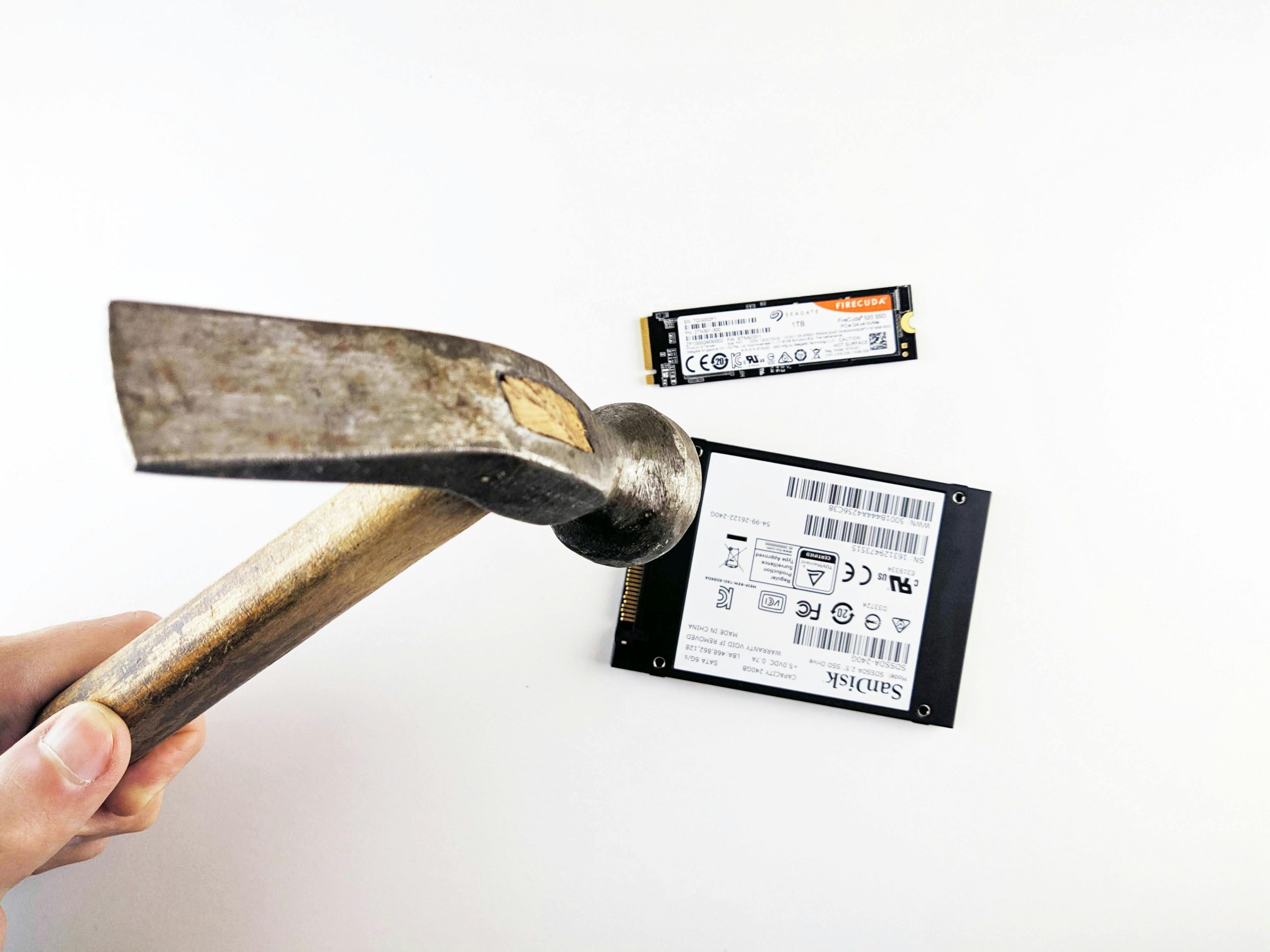Troubleshooting an Unactivated Windows 11 Operating System: A Step-by-Step Guide
In the world of technology, encountering unexpected issues is almost a certainty. One such problem you might face is discovering your Windows 11 operating system is unactivated after upgrading from Windows 10. This situation can be frustrating, especially when you’re unable to enjoy all the features of your new OS due to activation errors. In this comprehensive blog post, we will explore why this might happen and provide a step-by-step guide to help you troubleshoot and resolve the issue. We’ll also delve into some related topics to help you understand more about Windows activation processes.
Understanding Windows Activation
Before diving into troubleshooting methods, it’s vital to understand what Windows activation is and why it’s important. Activation is a process that ensures your copy of Windows is genuine and hasn’t been used on more devices than the Microsoft Software License Terms allow. It ties your Windows product key or digital license to your hardware, allowing you to enjoy all features of Windows.
What Is KMS?
Key Management Service (KMS) is a service used by Microsoft to activate products like Windows and Office across enterprise environments. When an individual user or organization uses a volume license key, Windows activates through KMS. Therefore, seeing an error like “unable to connect KMS” means your system tried and failed to connect to the server necessary for activation.
Why Is Your Windows 11 Showing as Unactivated?
Several reasons might cause your Windows 11 to show as unactivated. Here are some possible causes:
-
Hardware Changes: Major changes to your hardware, such as a new motherboard, can trigger deactivation since Windows activation is linked closely to your hardware configuration.
-
System Upgrade Issues: Sometimes, errors occur during upgrades from Windows 10 to Windows 11, which might affect activation settings.
-
Incorrect Product Key: An incorrect or invalid product key can prevent activation.
-
Network Issues: Network connectivity problems might block the connection to Microsoft’s activation server, causing errors.
-
Licensing Problems: If your copy of Windows fails to verify its license with the server regularly, it could be deactivated.
Step-by-Step Troubleshooting Guide
Step 1: Check Your Internet Connection
Firstly, ensure your device has a stable internet connection, as activation requires connectivity to Microsoft services. Try troubleshooting your network connection or switching to a different network if necessary.
Step 2: Verify Your Activation Status
Go to Settings > Update & Security > Activation to check if your Windows shows as activated or not. Any activation-related error messages will be displayed here, providing initial insights into the problem.
Step 3: Run the Windows Activation Troubleshooter
- Navigate to Settings > Update & Security > Activation.
- You will see an option to troubleshoot activation. Click on it. This opens the Windows activation troubleshooter, designed to resolve common activation problems automatically.
Step 4: Enter Your Product Key Manually
You might need to re-enter your product key manually if you have one. Here’s how:
- Open Settings > Update & Security > Activation.
- Select Change product key and enter a valid Windows 10 or 11 product key.
- Follow the prompts to complete activation.
Step 5: Use the Command Prompt
For errors like “unable to connect to the KMS server,” you can use the Command Prompt to force a connection. Follow these steps:
- Search for “cmd” in the Start Menu, right-click and select Run as administrator.
- Type
slmgr.vbs /atoand press Enter. This command attempts to activate your Windows again by contacting the KMS directly. - You should see a confirmation message or error that provides more insight.
Step 6: Reinstall or Reactivate Your Windows
If none of the previous steps work, consider reinstalling or reactivating Windows:
-
Reinstall: Ensure to back up all your data and use a Windows 11 installation media to perform a clean installation. During installation, you may be prompted to enter a product key.
-
Reactivate Using Activation Troubleshooter: If you changed your hardware recently, Windows might need to reactivate. Use the activation troubleshooter mentioned in Step 3 after reinstalling.
Potential Complications and How to Handle Them
Invalid Licenses
With the rise of digital marketplaces, obtaining genuine software licenses has become challenging. Ensure that your product key was bought from a legitimate source. Always avoid using unofficial activation hacks as they may not work and could jeopardize your system’s security.
Contacting Microsoft Support
If persistent issues occur, contacting Microsoft Support can be the best solution. They can verify the status of your activation and guide you through fixing any technical issues that aren’t easily resolved by the methods listed.
Additional Tips and Considerations
Regular Backups
Always back up your system regularly. Before making major changes or upgrades, ensure your personal files are secure to prevent unintended data loss.
Using Microsoft Account for Activation
Linking your digital license to a Microsoft account adds flexibility, especially if you change hardware often. It ensures you can reactivate Windows without a product key.
Stay Updated
Always update your system to the latest versions of Windows and other applicable software. These updates might come with fixes for known activation issues.
Conclusion
Encountering activation issues after upgrading can be a daunting experience. However, with the right guidance and methods, you can successfully resolve the problem and enjoy all the features Windows 11 has to offer. Regular maintenance, staying informed about digital licenses, and indulging in best practices like frequent updates and backups will prevent or deal with activation hiccups more effectively. If you continue to encounter difficulties, remember Microsoft’s support is available to help.
Share this content:



Response to “Unactivated Win 11 for No Reason!”
Hi there! I understand how frustrating it can be to face activation issues, especially after an upgrade from Windows 10 to Windows 11. Here are a few additional insights and tips that might help you troubleshoot and resolve your unactivated Windows 11 problem:
Advanced Troubleshooting Steps
Check for Windows Updates: Ensure that your Windows 11 is up-to-date. Sometimes, pending updates can interfere with activation. Go to Settings > Windows Update and check for updates.
Verify the Product Key: If you purchased a digital copy, ensure that your product key was received through a legitimate source. Cross-check by logging into your Microsoft account and verifying the associated devices and licenses.
Run a System File Check: Corrupted system files can also lead to activation problems. Open Command Prompt as an administrator and enter
sfc /scannowto scan and repair system files.Check for BIOS Configuration: In some cases, BIOS settings related to virtualization might affect activation. Ensure that features like Secure Boot and TPM are enabled in your BIOS settings as Windows 11 requires this
Thank you for sharing this detailed guide. In addition to the steps outlined, here are a few tips you might find helpful:
slmgr.vbs /atoin an elevated Command Prompt is a good step to manually trigger activation, especially if there are KMS-related errors.Remember to